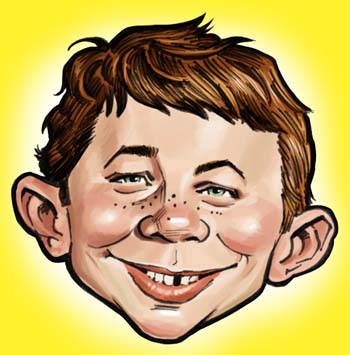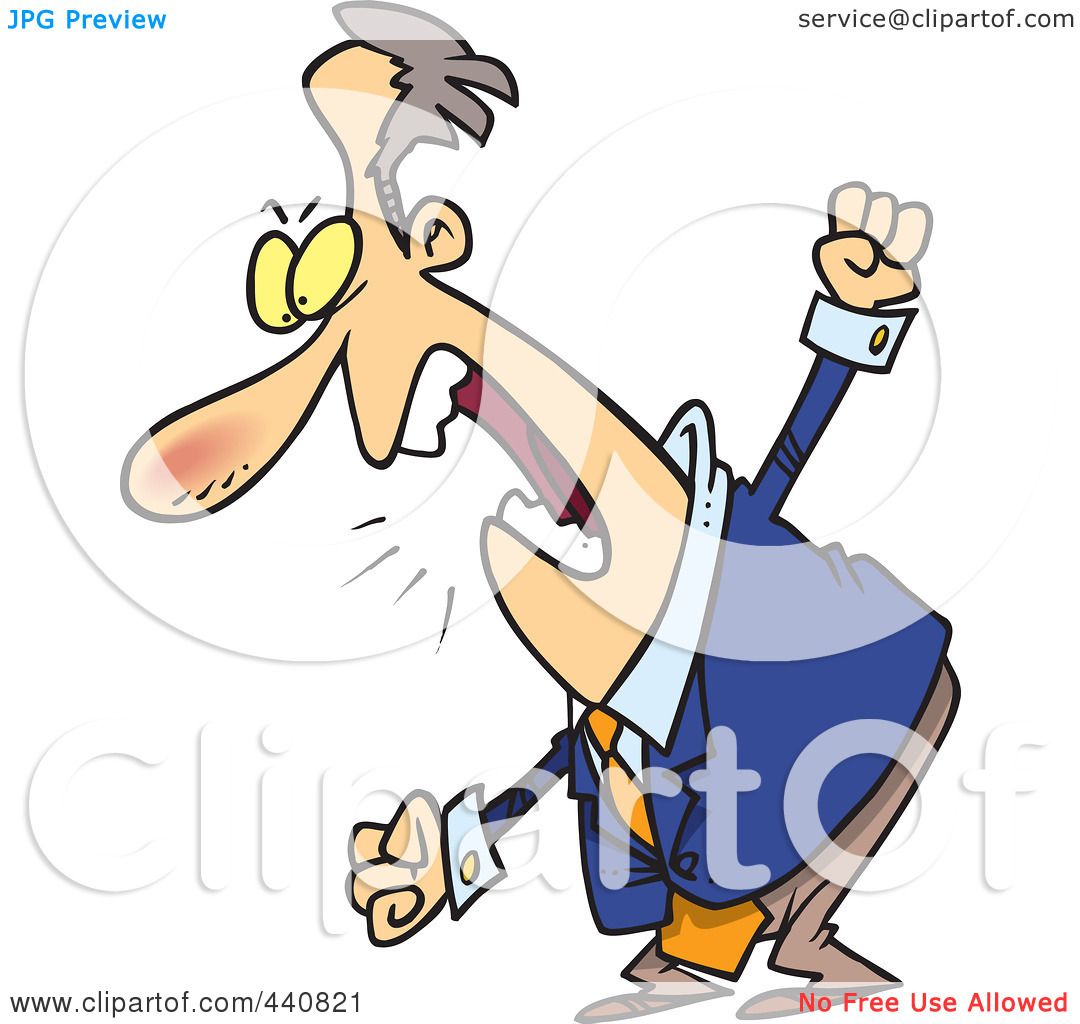

In an interview, Ahsan Habib said that the highest circulation of the magazine reached 30,000. My whole family loved reading 'Unmad'," she said. Sometimes, my mother or other times my brother would buy 'Unmad' from that shop. There was a shop where you could find 'Unmad'. Kazi Sara Sadia Noor, who works in a media outlet, became acquainted with 'Unmad' long ago. 'Unmad' somehow managed to become a successful brand in its own right," said Sifat. But there was always a distinct attraction towards 'Unmad'. But before 'Unmad', we read 'Alpin' and sometimes 'Ros+Alo'. "We kept an 'Unmad' subscription from 2007 to 2016. 'Unmad' on the other hand came out as a standalone magazine.įilm producer Md Sifat Hasan read 'Unmad' since his childhood. But they came as supplements to the newspapers. 'Alpin', 'Bichchu', 'Adda', 'Khabor Ache', 'Therapy', 'Bhimrul', 'Durbeen', 'Ros+Alo', 'Penchal' and 'Ghorar Dim' are a famous few. Because of their 'troublesome' name, it was hard to get advertisements, big companies did not want to advertise in Unmad.īangladeshi newspapers started publishing cartoons and comics regularly from the 90s onwards. Although the naming was a clever one, it caused some problems for publishers. The publishing house Tej did not preserve any copy of 'Diwana' and no trace of it could be found on the internet either.Īccording to an interview of Ahsan Habib, he began publishing 'Unmad' in 1978 along with Kazi Khaled Ashraf and Ishtiaq Hossain. Diwanar has eroded from the memory of most Indians. All these magazines left their mark on Hindi pop-culture.īut as much as these magazines are known to people today, the opposite is the case with 'Diwana'. 'Lotpaat' came out in 1969 and 'Madhu Muskan' in 1972. The English version was edited by theatre director Som Benegal.Īpart from 'Diwana', there were a few other comical magazines in India as well. At the height of its popularity in the 60s, Diwana had a circulation of two lakhs a week. From the middle till the end of the 20th century, the best cartoonists and illustrators of India drew cartoons for this fun magazine. Initially released in Hindi, the English version of Diwana also came out in the early 70s. Modelled after 'Mad', Diwana, a Delhi-based media outlet, was published in both Hindi and English languages. 'Diwana' too had its own mascot, named Chilli. In 1964, 'Diwana' arrived to drown Indian readers in humour. Old features and cartoons would reappear in the new method of publication, bringing nothing 'new' to the table. However, long standing 'Mad' fans would receive new Alfred E comedy no more. Instead, the 'Mad' authority opted for comic shops and to mail the copies directly to subscribers. 'Mad' began losing to competition from many sides.Īfter a 67 year long run, in 2019, 'Mad' decided to ditch newsstands.

Online satire media like 'The Onion' were born too.


Magazinesque satire began appearing in movies like 'The Naked Gun' and shows like 'Saturday Night Live'. Thanks to the Internet, people had other sources of entertainment. Starting with the Vietnam War and Watergate to Rambo, none was immune from Alfred Newman's 'madness'.īut by the end of the 20th century, Mad's popularity began to decline. Mockery of famous pop culture characters and political figures was the point of amusement for Mad's audience. By the early 1970s 'Mad's circulation rose to over 2 million copies. 'Mad' became an iconic voice in the US counterculture movement.


 0 kommentar(er)
0 kommentar(er)
